Safety in Transportation
/Safety in the transportation system is an ever present goal planners and engineers work toward in every project. While crashes are ultimately the responsibility of the driver/traveler, safety elements are being incorporated into transportation networks as both stand alone projects (adding a signal to an intersection meeting warrants) and enhancements (adding guard rail, reflectivity, etc).
As WATS and local agencies implement Washtenaw County’s long range vision for the transportation network, we work toward the goal to: Reduce Crash Rates Across All Modes. WATS and other agencies have several ways to engage planning for safety, including:
federal and state performance measures
WATS’ own performance target
investment in safety (safety/operations)
trends in crash data.
Federal/State Safety Performance Measure
WATS and MPOs across the state must interact with federally required, state set safety performance measures annually. MPOs have the choice to set their own targets, however WATS and SEMCOG choose to support the state targets. The state safety performance measure evaluates five metrics, using a 5-year rolling average, to deliver the Highway Safety Improvement Program (HSIP). The metrics are used to assess traffic fatalities and serious injuries on all public roads. With the targets set not being as ambitious as the Vision Zero safety goal adopted in WATS’ long range plan, WATS’ Committees have supported the state target with a follow up correspondence encouraging more decisive and emphasis be placed on safety. The intent of this correspondence is to encourage a more pro-active approach to safety rather than a reactionary one.
WATS Technical and Policy Committees will again be taking up the state safety performance measure at our October and November meetings. In the meantime, the metrics being set and reported improve national safety data by:
providing greater consistency in reporting
improve transparency through use of a public reporting system
enable targets and progress to be aggregated at the national level
WATS’ Safety Performance Target/Policy Bin
In our Long Range Transportation Plan for Washtenaw County, project work types, including safety projects, are broken out into Policy Bins. The Bins, including safety, are areas of improvement to the transportation network. Each bin has a percentage goal of the transportation funding WATS receives allocated to it in order to improve that work type’s performance. The safety bin has a 20% goal. If safety funding coming into the county were to be compromised or reduced, WATS would still have the target of spending 20% on safety improvements.
Investment in Safety
Safety investments in the Long Range Transportation Plan top $46 million. With these projects and the additional safety funding awarded to projects in Washtenaw County and the inherent safety aspects built into other projects, WATS anticipate making measurable progress toward reducing injuries.
Trends in Crash Data
Crash data informs the location and nature of countermeasures that improve the transportation system. Crashes are measured by frequency, rate (crashes normalized to traffic volume), and severity. Crash severities include Fatal, Incapacitating, Non-incapacitating, Possible Injury, and Property Damage Only. Crash data is evaluated annually and reviewed at local, state and federal levels, as well as by law enforcement.
Tracking the number and rate of serious (fatal and incapacitating) crashes in Washtenaw County provides a basic measure of the transportation network’s safety. Crash rates are determined by comparing the five-year rolling average of crashes per 100 million vehicle miles traveled. Crash data can vary with seasonal factors such as weather conditions or increases/decreases in vehicle miles traveled. WATS uses the five-year average of crash data to normalize for these variations. A reduction in the 5-year average indicates an overall improvement in system safety.
With the investment discussed above, we anticipate a downward trend in the five-year data set of crash data. WATS will be monitoring this as the new data sets become available.









